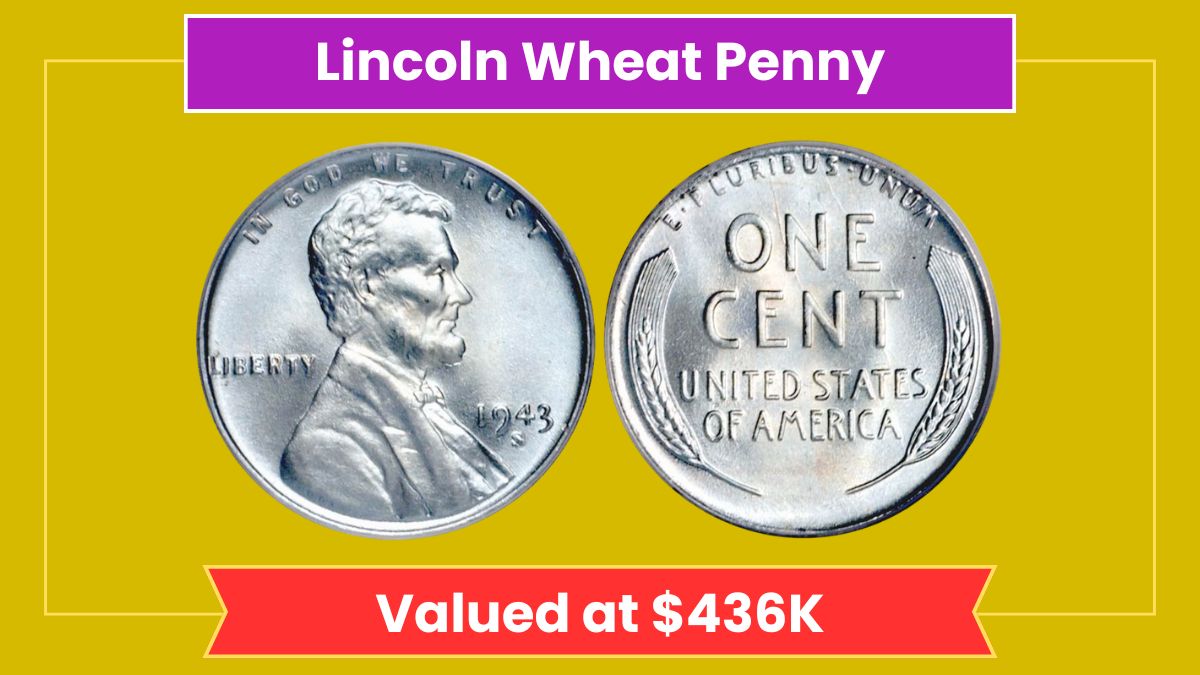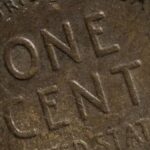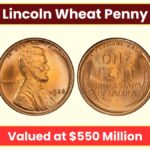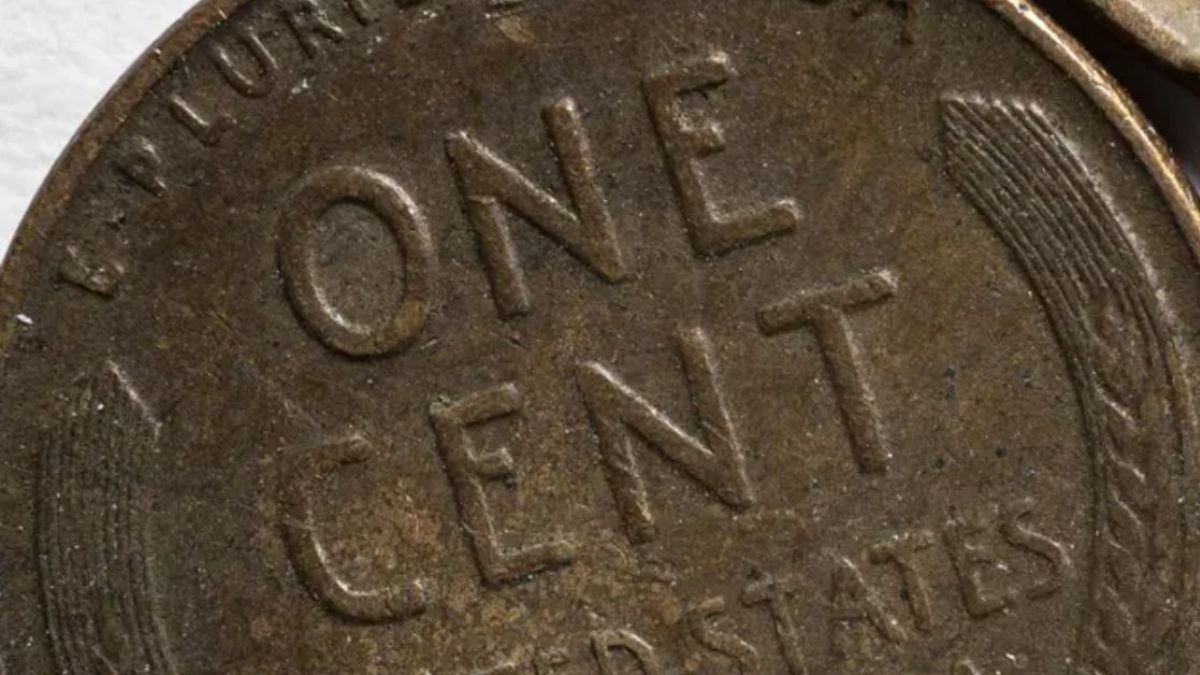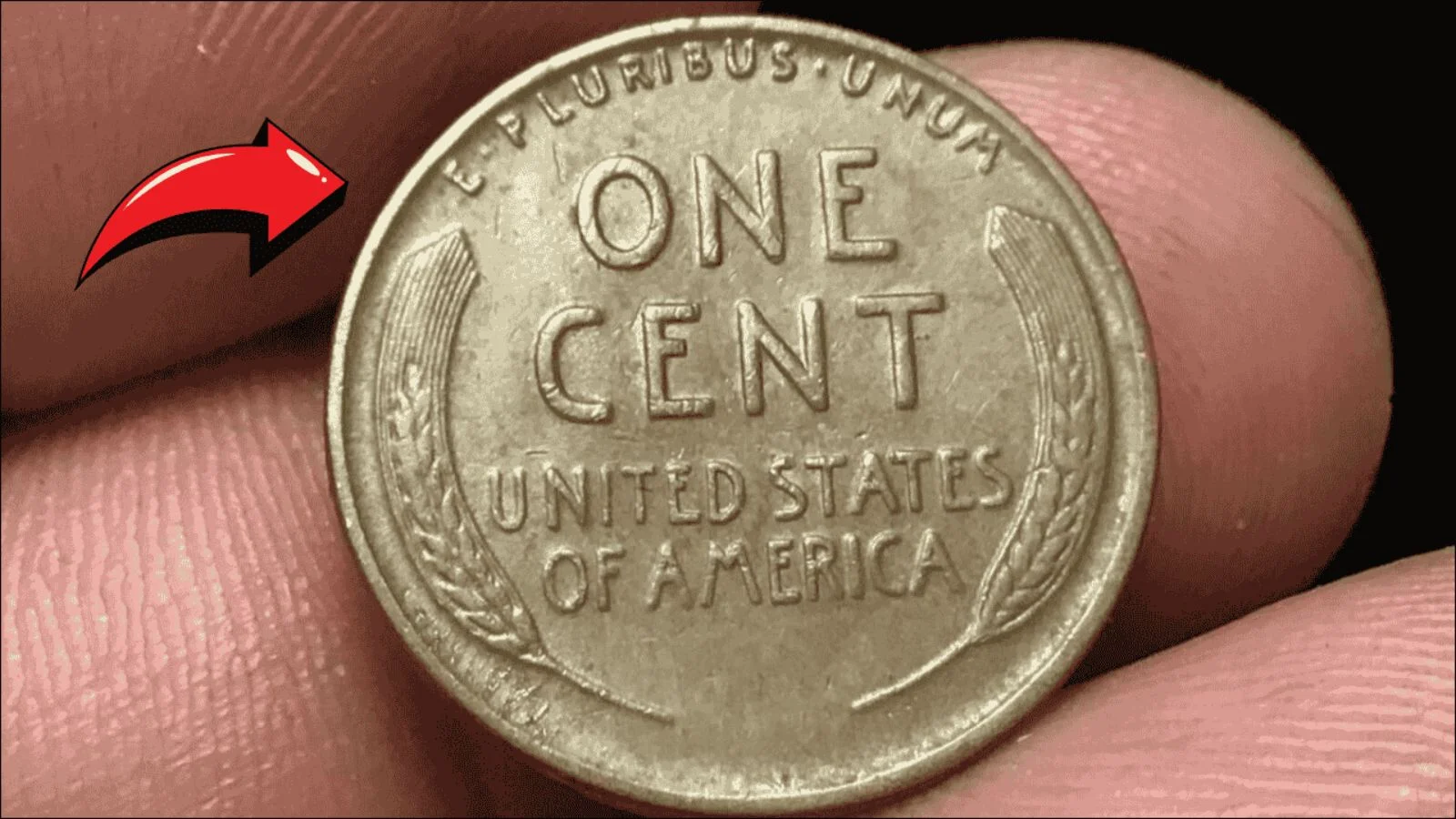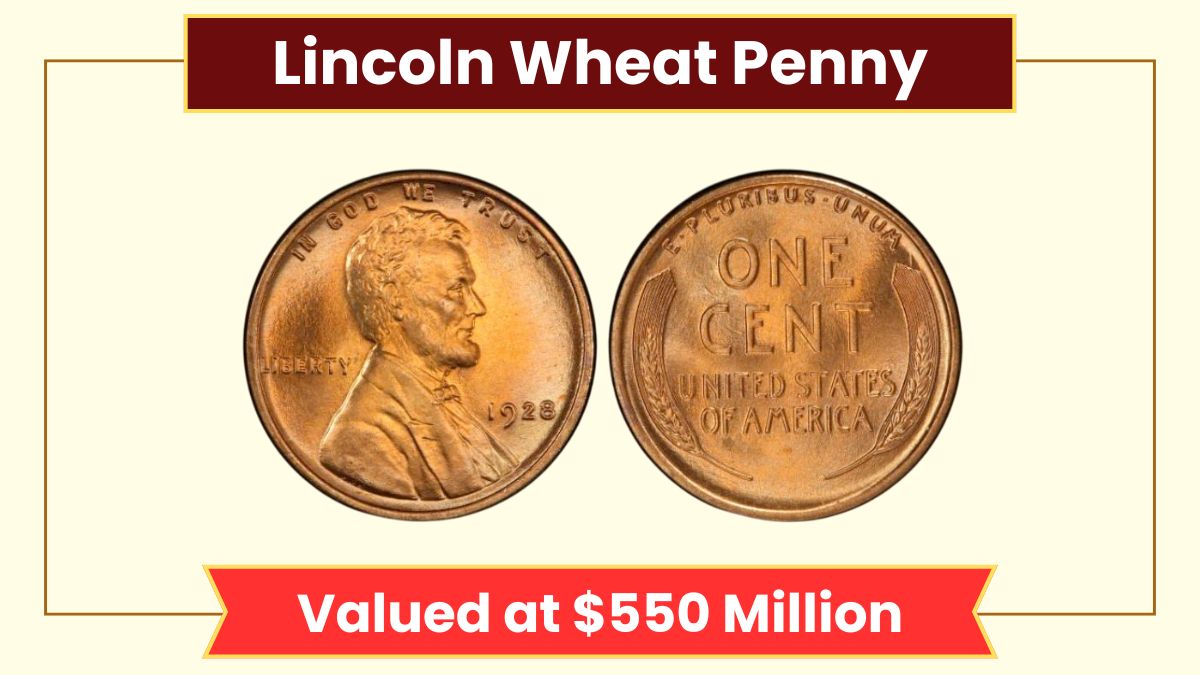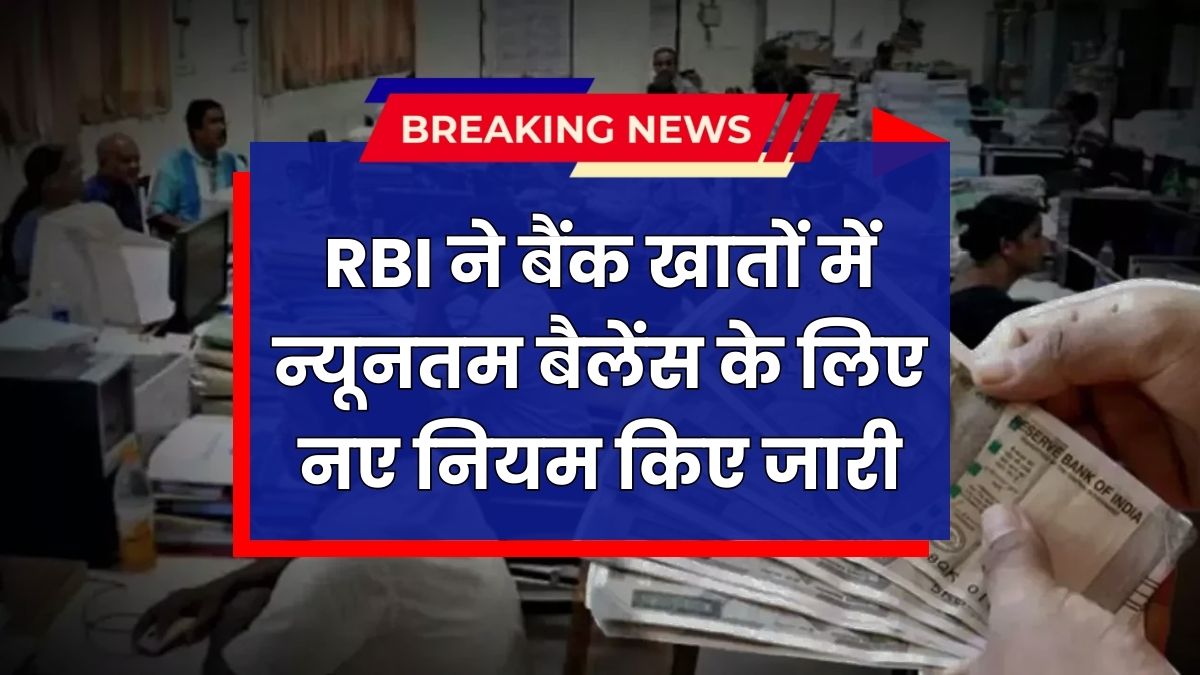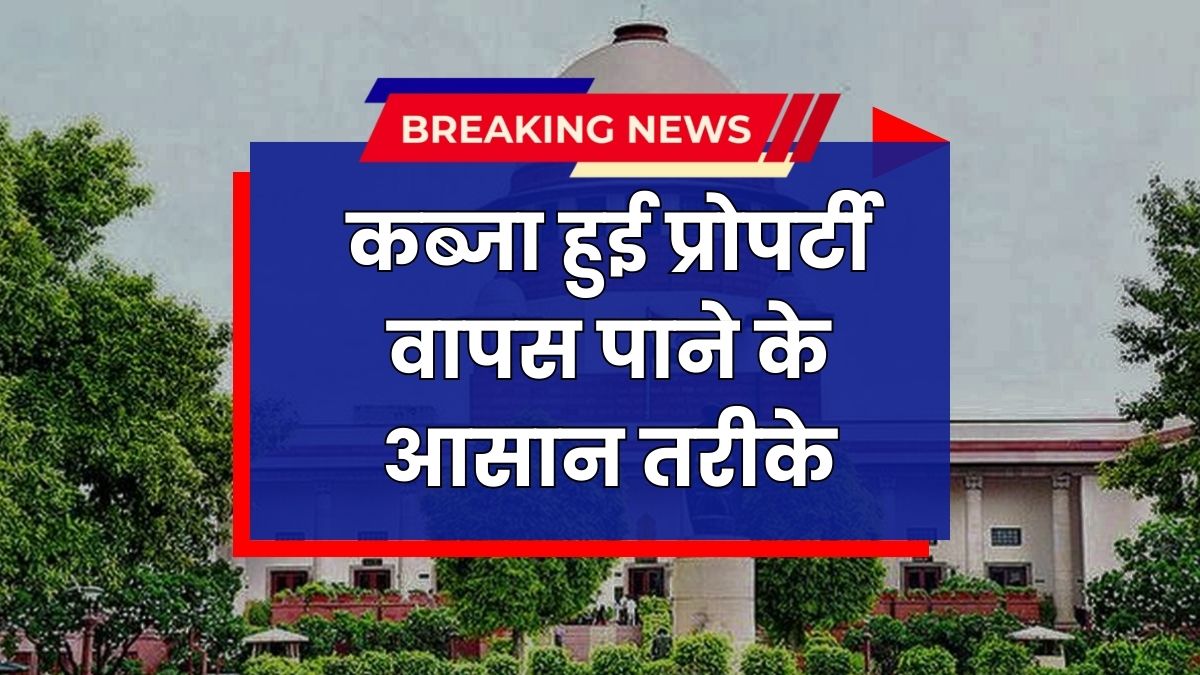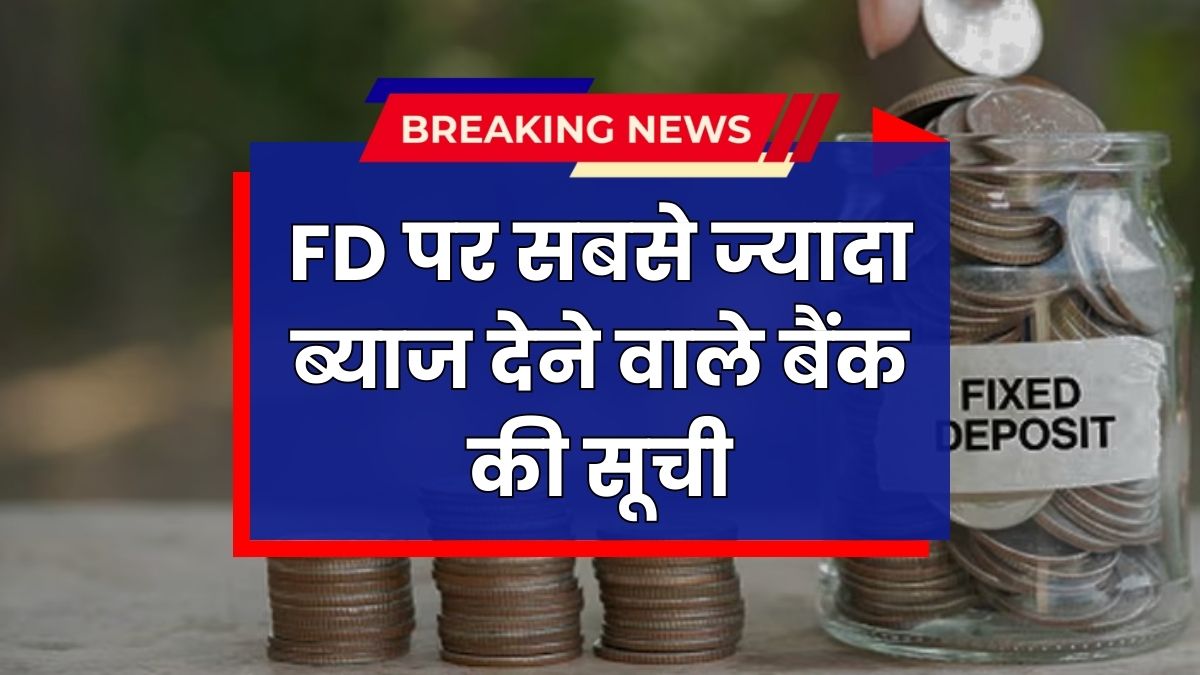Lincoln Wheat Penny Valued at $436K – It may be hard to believe, but one of the most ordinary-looking coins in the United States—the Lincoln Wheat Penny—has been valued at an incredible $436,000. While millions of these pennies are still used, collected, or forgotten in drawers, a few rare versions are worth far more than their face value. Some of these high-value coins have been found in everyday circulation, raising the exciting question: Could a $436,000 Wheat Penny still be out there?
What Is a Lincoln Wheat Penny?
The Lincoln Wheat Penny was introduced in 1909 to commemorate the 100th birthday of President Abraham Lincoln. It features his portrait on the front (obverse) and two wheat ears on the back (reverse), which is why it’s commonly called the “Wheat Penny.” This design was used until 1958, after which it was replaced by the Lincoln Memorial design.
The U.S. Mint produced billions of Wheat Pennies during those years, making them common overall. However, some rare dates, minting errors, and unique conditions have made certain Wheat Pennies extremely valuable.
Why Are Some Wheat Pennies Worth So Much?
Not all Wheat Pennies are valuable, but a few can be worth hundreds of thousands of dollars due to several important factors:
Rarity: Coins with low mintage numbers, such as the 1909-S VDB, 1914-D, and 1931-S, are valuable because fewer coins were produced, and even fewer survived in good condition.
Minting Errors: Some pennies were struck with mistakes that make them one-of-a-kind or extremely rare. For example, a 1943 copper Wheat Penny is one of the most famous error coins and has sold for over $400,000.
Material: In 1943, the U.S. Mint switched from copper to zinc-coated steel to conserve copper for the war effort. However, a small number of 1943 pennies were mistakenly struck in bronze (copper). These bronze pennies are exceptionally rare and valuable.
Condition: Coins that have not been circulated and are in mint condition—or professionally graded MS-65 or higher—can be worth many times more than worn-out versions.
Historical Significance: Coins with unique stories or connections to important events tend to draw higher interest from collectors.
The Story Behind the $436,000 Lincoln Wheat Penny
Among the rarest and most talked-about Wheat Pennies is the 1943 bronze (copper) penny. While most 1943 pennies were made of steel, a few bronze blanks from 1942 were accidentally used, resulting in extremely rare coins. One of these rare bronze pennies sold for $436,000 at auction due to its rarity, excellent condition, and unique error.
Another example includes a 1944 steel penny, another minting error caused by leftover steel planchets being used in the year the mint had switched back to copper. These coins are also worth hundreds of thousands of dollars.
Is It Possible That a $436,000 Penny Is Still in Circulation?
Yes, it’s possible—though extremely unlikely. Many rare coins have been discovered in the most unexpected places, including:
- Jars of spare change
- Coin rolls from the bank
- Estate sales and old family coin collections
- Flea markets or garage sales
Because Wheat Pennies continued to circulate well into the 1980s and remain in circulation today, a valuable coin could still be out there, unnoticed in someone’s pocket or piggy bank.
How to Spot a Rare Lincoln Wheat Penny
If you’re curious about the value of the pennies in your possession, here’s what to look for:
- Date and Mint Mark: Valuable years include 1909-S VDB, 1914-D, 1922 no D, 1931-S, 1943 bronze, and 1944 steel.
- Color and Weight: A 1943 penny that looks copper-colored might be a bronze error. These weigh around 3.11 grams, compared to 2.7 grams for steel.
- Magnet Test: Steel pennies will stick to a magnet; bronze pennies will not.
- Condition: Shiny, uncirculated pennies with no scratches, discoloration, or wear are worth more.
- Error Features: Look for doubling in the lettering or date, off-center strikes, or unusual details.
If you believe you’ve found something special, it’s best to get it examined by a certified coin grading service like PCGS or NGC.
What to Do If You Find One
Do not clean the coin. Cleaning can lower its value significantly. Store it in a safe place, such as a protective coin holder. Then, have it professionally appraised or submitted to a grading company. If it’s confirmed to be rare and valuable, you may choose to sell it through a trusted coin auction house or dealer.
Conclusion: A Tiny Coin with Huge Potential
The idea of a Lincoln Wheat Penny being worth $436,000 proves that even the smallest pieces of metal can hold immense value. Whether you’re a collector or just someone who occasionally empties their pocket change, it’s worth taking a moment to look closely at your pennies. That one-cent coin you almost overlooked could be a hidden fortune waiting to be discovered.
